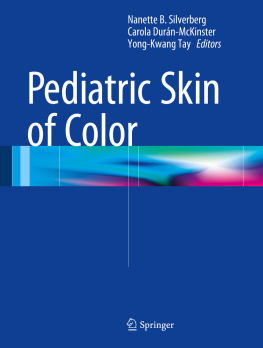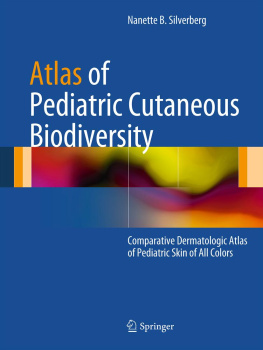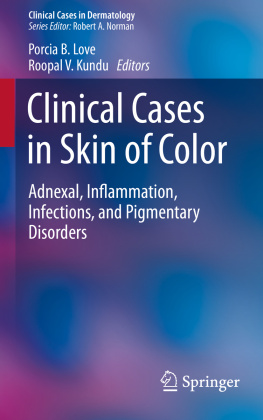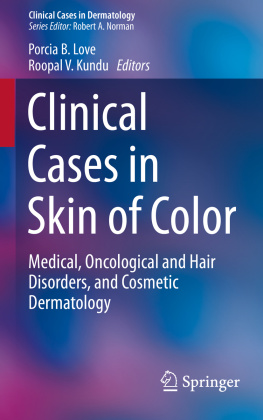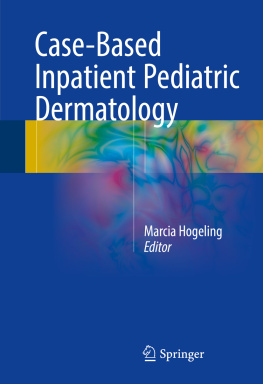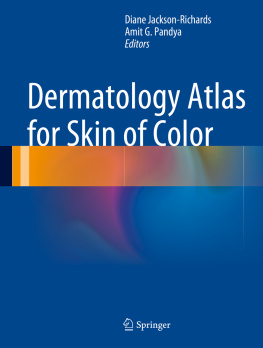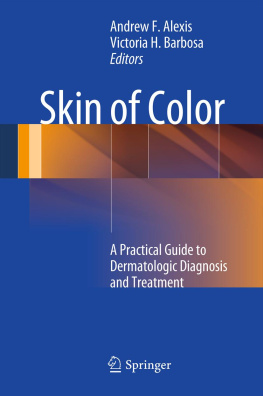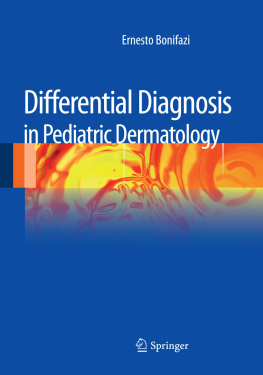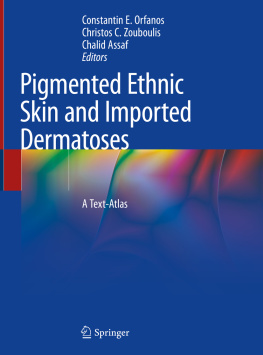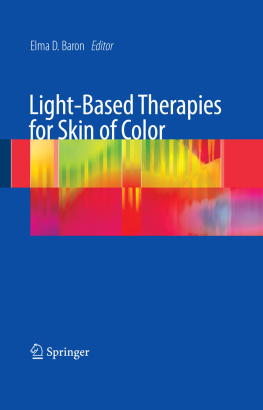Development and Biology of Pigmentation in East Asian Skin
Melanocytes migrate as neural crest cells to the epidermis where they reside within the basal epidermis and hair bulb matrix.
Difference in skin color is due to variations in number, size, and aggregation of the melanosomes.
Pigmentary skin disorders, e.g. post-inflammatory dyspigmentation, melasma, and lentigines, are commonly seen in East Asians.
The hallmark biological feature of people of skin of color is the amount and distribution of melanin in the skin. Melanin is synthesised by melanocytes within melanosomes [].
The difference in skin color between different races is due to variations in number, size, and aggregation of the melanosomes found in melanocytes and keratinocytes [].
Sun exposure can also affect the grouping of melanosomes. Asian skin exposed to sunlight has been found to have more non-aggregated melanosomes compared to non-exposed skin, which have more aggregated melanosomes [].
Melanin and melanosomes have been found to impact on photoprotection []. This may be partly attributed to the fact that melanin may not be an efficient absorber of UVA wavelengths. The incidence of skin cancers, e.g. basal cell carcinoma, squamous cell carcinoma, and melanoma, in East Asian individuals is relatively low compared to whites, but does occur.
The melanin content and dispersion pattern of melanosomes has been thought to be largely responsible for providing protection from the carcinogenic effects of UV radiation []. Apart from incidence, differences in site distribution, stage at diagnosis, and histologic subtype occur in melanoma occurring in East Asians compared to whites. In particular, acral lentiginous melanoma is the most common form of melanoma occurring in Asians. Despite the low incidence, the prognosis of melanoma in Asians is not as good as in Caucasian populations, likely due to more advanced stages at diagnosis. This is due to a combination of factors like decreased individual skin surveillance and decreased suspicion of the disease in examining physicians. Differentiation of melanonychia, which is very common in adult Asians (e.g. Japanese), from acral lentiginous melanoma requires careful review of lesion width, coloration, dermoscopy, the presence of Hutchinsons sign, and evolution of the lesion.
Due to the biology of melanin and melanosomes in Asian skin, pigmentary disorders are much more common compared to white subjects. Post-inflammatory hyperpigmentation, melasma, and solar lentigines are extremely common pigmentation problems presenting in East Asian adults. Ultraviolet light-induced changes typical of young Caucasian children, e.g. spider angiomas and ephelides, are uncommon in East Asian children. These problems should not be treated as trivial cosmetic issues, as they can lead to significant psychosocial impairment in affected individuals.
Development and Biology of the Epidermis in East Asian Skin
In normal individuals, keratinocytes take approximately 4 weeks to be shed from the epidermis.
After birth, the skin barrier takes a few weeks to achieve maturity.
Skin lipids and filaggrin in the stratum corneum contribute to the integrity of the skin barrier.
The thickness of the human epidermis averages 50 m and is made up of four or five layers, with the most superficial layer being the stratum corneum, followed by the stratum granulosum, stratum spinosum, and stratum basale. On the palms and soles, a layer known as the stratum lucidum is found between the stratum corneum and stratum granulosum. The keratinocytes that make up the bulk of the epidermis originate from the stem cell pool in the basal layer of the epidermis. The keratinocytes then undergo maturation as they move upwards towards the stratum corneum. On average, keratinocytes require 2 weeks to migrate from the stratum basale to the stratum granulosum, whereupon they lose their nuclei and differentiate into the corneocytes of the stratum corneum. In normal individuals, it takes approximately another 2 weeks for the corneocytes to shed from the skin. This duration can be shortened or lengthened in diseased states of the skin, e.g. psoriasis.
The epidermis is derived from the ectoderm in the human embryo. During the first month of gestation, the epidermis exists as a single layer, known as the periderm. Stratification of the epidermis begins about the eighth week of gestation and is mostly complete by the second trimester. Epidermal keratinisation begins during the second trimester and achieves maturation by the middle of the third trimester. The superficial keratinocytes undergo maturation as keratinisation progresses, with increase in the number of keratohyalin granules and lamellar bodies. By the mid-third trimester, the epidermal layers are morphologically similar to adult skin. However, skin barrier function only really achieves maturity a few weeks after birth [].
The data on racial differences in the structure and function of the stratum corneum have been conflicting, with even less studies performed on East Asian subjects. Some studies have shown the stratum corneum to be more compact in black compared to white subjects, with possibly more cornified layers and better epidermal barrier function [].
The barrier properties of the skin can be predicted by the structural integrity of the stratum corneum [].
Development and Biology of the Dermis in East Asian Skin
The cells of the dermis can be seen under the presumptive epidermis by 68 weeks gestation. Unlike the epidermis which is derived solely from ectoderm in the human embryo, the origin of the dermis is variable depending on the body site. Early fibroblasts found in the dermis are thought to be pluripotent cells that can differentiate into other cell types, e.g. fibroblasts and adipocytes. Early dermal cells are known to already be able to produce most types of collagen and the microfibrillar components of elastic fibres. However, these proteins are initially not fully assembled into large fibres. In reverse to the ratio seen in adult dermis, the ratio of collagen III to collagen I in embryonal skin is 3:1. By the early second trimester, the papillary dermis with its finer collagen weave becomes distinct from the lower reticular dermis with its larger, thicker collagen fibres. Elastic fibres become apparent around 2224 weeks gestation. At birth, the neonatal dermis is thinner and more cellular than adult dermis. Subcutaneous fatty tissue begins to accumulate during the second trimester and throughout the third trimester, when the distinct lobules separated by septae become visible. Although the blood vessels in the dermis may be seen by the end of the first trimester, there is subsequent extensive remodelling that occurs not only throughout gestation, but also after birth [].

